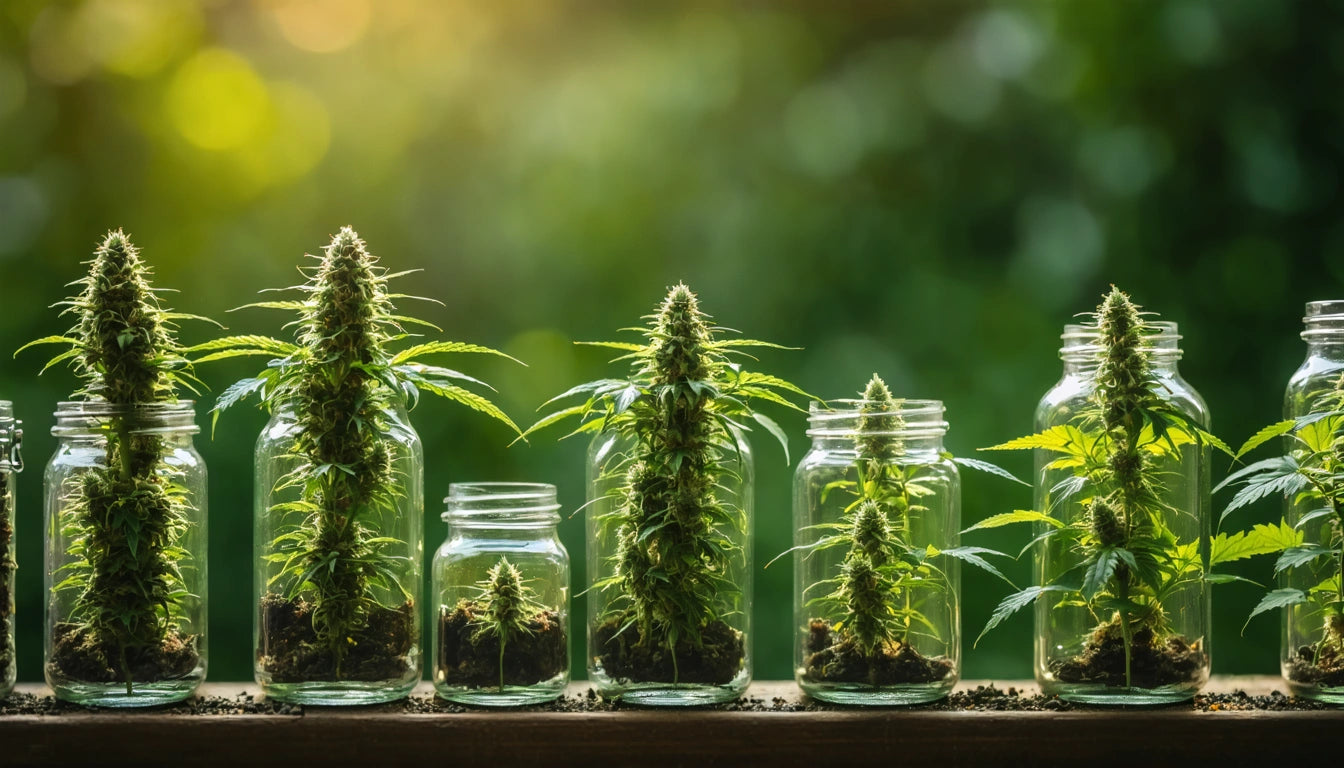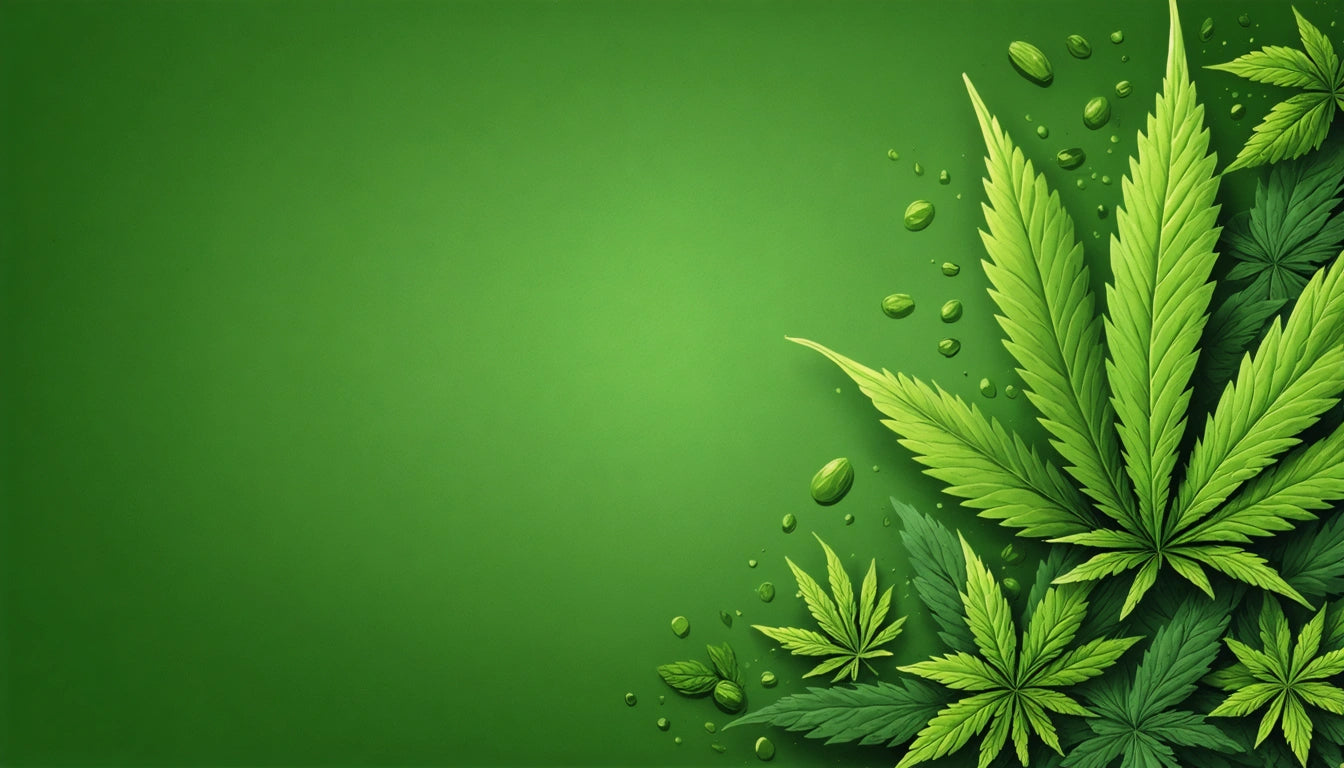Table of Contents
- Defining Mass Incarceration: America's Carceral Crisis
- US Global Comparison: Why Incarceration Rates Are Highest in the US
- Racial Disparities: Black vs White Incarceration Statistics
- Drug Policy Impact on Incarceration Rates
- Reform Initiatives and Policy Changes
- The Path Forward: Addressing Systemic Inequities
Understanding Mass Incarceration: Racial Disparities and U.S. Incarceration Rates
Mass incarceration represents one of America's most pressing social justice issues, with the United States maintaining the highest imprisonment rate globally. This phenomenon disproportionately affects communities of color, particularly Black Americans, creating a cycle of socioeconomic disadvantage that spans generations.
Defining Mass Incarceration: America's Carceral Crisis
What is mass incarceration? The term refers to the unprecedented growth in the U.S. prison population since the 1970s. According to current incarceration statistics, approximately 2 million people are behind bars in American prisons and jails. This represents a 500% increase over the last 40 years, despite crime rates fluctuating and often declining during this period.
Mass incarceration is characterized not just by the sheer number of incarcerated individuals but also by the systemic policies that perpetuate it, including mandatory minimum sentences, three-strikes laws, and the war on drugs.
US Global Comparison: Why Incarceration Rates Are Highest in the US
The United States incarcerates more people per capita than any other nation. With approximately 639 people imprisoned per 100,000 population, America's rate far exceeds those of other developed democracies:
- United States: 639 per 100,000
- Russia: 325 per 100,000
- Brazil: 357 per 100,000
- United Kingdom: 131 per 100,000
- Canada: 104 per 100,000
- France: 87 per 100,000
- Germany: 70 per 100,000
Several factors contribute to why incarceration rates are highest in the US, including:
- Punitive rather than rehabilitative approach to justice
- Lengthy sentences compared to other countries
- Privatization of prisons creating financial incentives
- Limited investment in alternative justice programs
- Drug policies that criminalize addiction
Racial Disparities: Black vs White Incarceration Statistics
Black vs white incarceration statistics reveal stark disparities in the American justice system. According to recent studies on incarceration trends, Black Americans are incarcerated at nearly five times the rate of whites.
Key Black vs White Incarceration Statistics:
- Black men are approximately 5.8 times more likely to be incarcerated than white men
- Black women are 1.8 times more likely to be incarcerated than white women
- In some states, more than 10% of Black male residents are imprisoned
- One in three Black men born in 2001 can expect to be incarcerated during their lifetime, compared to one in 17 white men
These disparities exist at every level of the criminal justice system, from police stops and arrests to sentencing and parole decisions. Research consistently shows that Black Americans receive longer sentences than white Americans for similar crimes, even when controlling for criminal history and other relevant factors.
Drug Policy Impact on Incarceration Rates
Drug offenses have been a major driver of mass incarceration, with disproportionate impacts on communities of color. Despite similar rates of drug use across racial groups, Black Americans are 3.73 times more likely to be arrested for marijuana possession than whites.
The evolving landscape of marijuana legalization has begun to impact these statistics. As our equipment specialists who supply commercial cannabis processing equipment like grinder machines have observed, states with legalized cannabis have seen significant reductions in drug arrests, particularly for possession offenses.
Research on Colorado's legalization experience shows that marijuana arrests decreased by 68% between 2012 and 2019, contributing to reduced incarceration rates for nonviolent drug offenses.
Reform Initiatives and Policy Changes
In recent years, bipartisan support has emerged for criminal justice reform initiatives aimed at reducing mass incarceration:
- The First Step Act of 2018, which reduced some federal sentences and expanded early release programs
- State-level sentencing reforms reducing or eliminating mandatory minimums
- Bail reform measures to reduce pretrial detention of low-income defendants
- Expansion of diversion programs and drug courts
- Marijuana legalization and decriminalization efforts in multiple states
These reforms have begun to show results, with the number of incarcerated men declining slightly in recent years, though the overall incarceration rate remains extremely high by global standards.
The Path Forward: Addressing Systemic Inequities
Addressing mass incarceration requires comprehensive reforms that tackle both its causes and consequences. Promising approaches include:
- Sentencing reform to reduce excessive punishment, particularly for nonviolent offenses
- Eliminating racial disparities through training, oversight, and policy changes
- Investing in prevention, including education, mental health services, and substance abuse treatment
- Expanding reentry programs to reduce recidivism
- Addressing collateral consequences of incarceration, including barriers to employment, housing, and voting
Progress requires acknowledging the historical and systemic factors that have contributed to mass incarceration, particularly the role of racial bias in creating and maintaining disparities in the criminal justice system.
By implementing evidence-based reforms and addressing underlying social inequities, the United States can work toward a more just, effective, and equitable approach to public safety that reduces both crime and incarceration.











Leave a comment
All comments are moderated before being published.
This site is protected by hCaptcha and the hCaptcha Privacy Policy and Terms of Service apply.